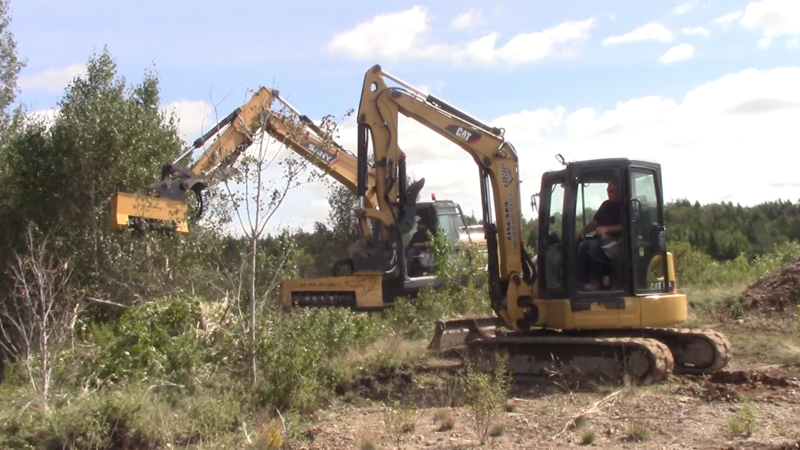You already know that including some sills in New Jersey in your landscaping plan make sense. They can be used for edging beds next to buildings, to outline graveled paths and some other functions. Since you’ve settled on stone sills rather than sills made using other types of materials, it’s time to move on to some of the other characteristics. As you determine which sills would work best in your landscape design, consider these three factors carefully.
The Depth
Sills are not necessarily designed to be placed on the ground. Ideally, you do want the depth to be enough to embed them in place. Make sure that the depth of each sill is sufficient to fill in the space you’ve dug out and also protrude enough to create the visual and practical barrier you have in mind.
For example, sills used to define the edges of a graveled path should be deep enough to fit into the trench on each side and still stick above the ground enough to contain the gravel. Along with making it easier to maintain the path, the height will also add a finished look.
The Width
How much of a visual impact do you want the sills in New Jersey to make? Sections that are chunkier will certainly add more visual interest to pathways, borders, and other landscape elements. When the plan is to have more definition but make the other elements nearby more prominent, you’ll find that sills that are slimmer will do the trick.
The Color and Finish
Choose the color and the finish for those stone sills in New Jersey with care. Go with a color that will work with but still stand out from the other elements. Regarding the finish, something that’s honed or polished is often a good choice with stone. Remember that if you want to add some flecks to the color as well as create a finish, opting for an antique brush technique is a good idea.
As with all the elements in your new landscape plan, compare the options for sills carefully. Doing so will ensure that they add a lot to the look of the property and also perform the intended function efficiently.



